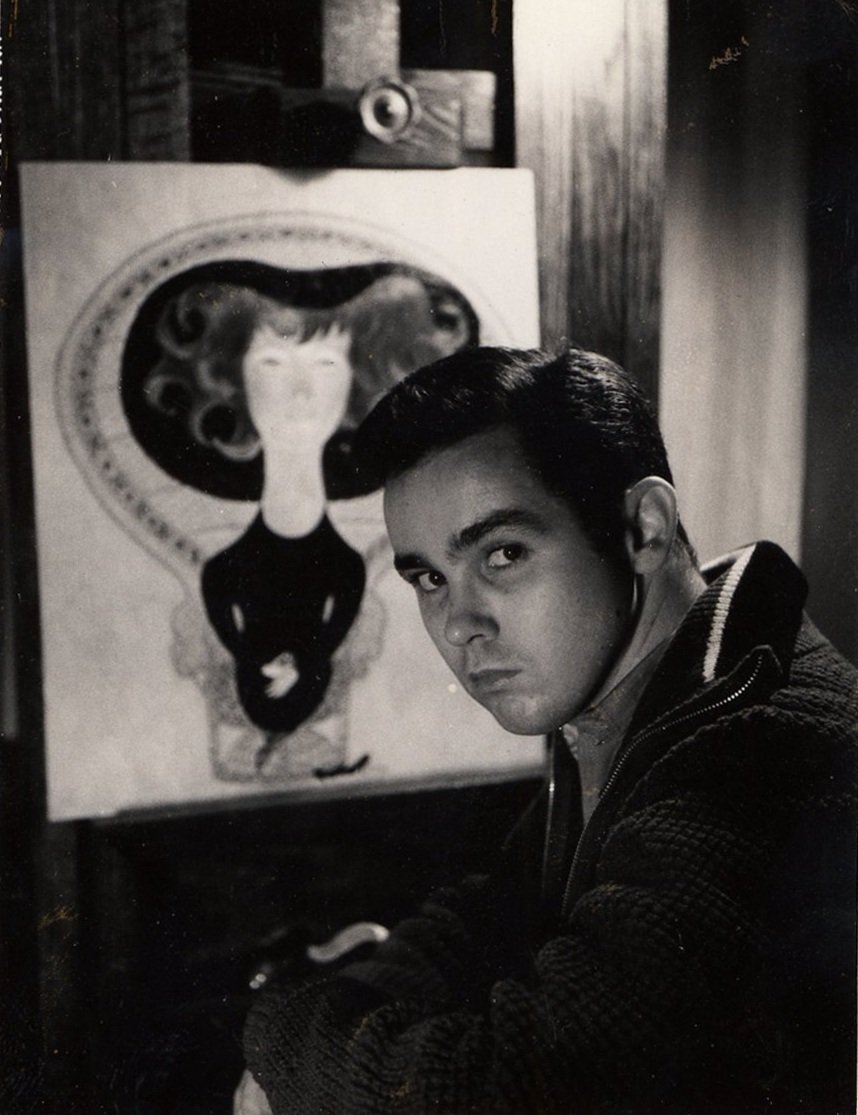
Robert Tallon, 1980
Native New Yorker Robert Tallon was born in 1932 in Astoria, Queens. With parents who were as artistic as they were passionate, Tallon and his brothers and sister received an adventuresome upbringing, moving from house to house and town to town as necessity dictated. While overcoming some unusually precarious times, the talented Tallon children performed as a means of supporting the family, and with great success. At the age of twelve, after being chosen for an exclusive scholarship to the Metropolitan Opera, it seemed that young Robert’s fate as a singer was set. But when bulbar polio paralyzed his throat, Tallon, during convalescence, turned to art.
After a stint in the Army, Tallon trained at the School of Visual Arts, though had to leave before finishing when his father became fatally ill. He took a job with an advertising agency, while continuing to freelance, and the success from both sides quickly made him in demand. Socialites and stars of stage and screen gathered in New York City and Hampton galleries to talk about, ruminate on, and barter for Tallon’s artwork. As an illustrator for hire for such companies as Hanes, American Express, and Playboy, Tallon caught the eye of Bobbs-Merril editor Miriam Chaiken, who would later strike up a life-long working relationship, editing one of Tallon’s greatest children’s book successes, Zoophabets, in 1971.
Tallon’s first book, Conversations, Cries, Croaks and Calls, a book of quirky and eclectic inner-monologues, garnered Tallon emphatic attention from critics. Conversations paved the way for Tallon’s second book, Fables for the Fair, a collection of timeless quips he decorated with his signature whimsy. Though the first two were for adults, sixteen children’s books would follow (two he would illustrate for other authors), including the groundbreaking alphabet book A B C…in English and in Spanish, and award-winners like Rhoda’s Restaurant (Brooklyn Arts Citation Award) and The Thing in Dolores’s Piano.
Despite the inarguable success of Tallon’s book career, his New Yorker magazine covers made him a household name. Tallon first graced the cover of The New Yorker with “The Boy with the Horn” on December 9, 1974, and thirty-three of Tallon’s paintings depicting heartwarming, everyday scenes from city life followed between 1974 and 1988.
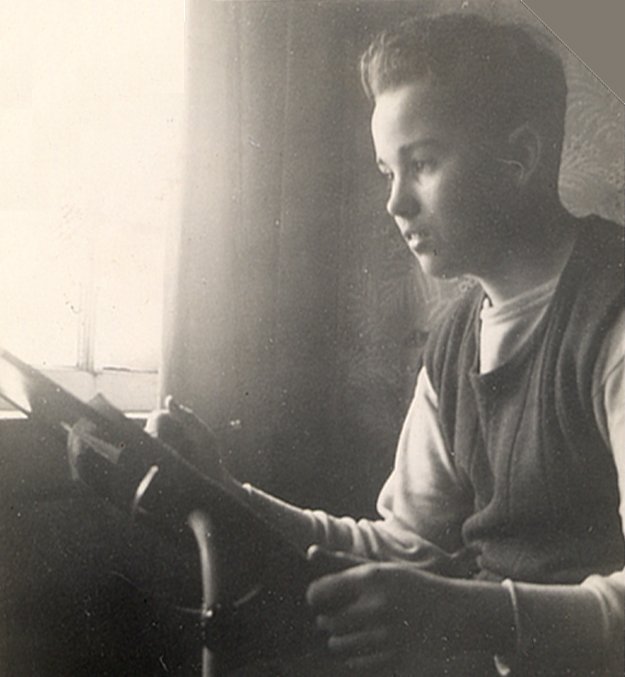
Robert Tallon, 1947

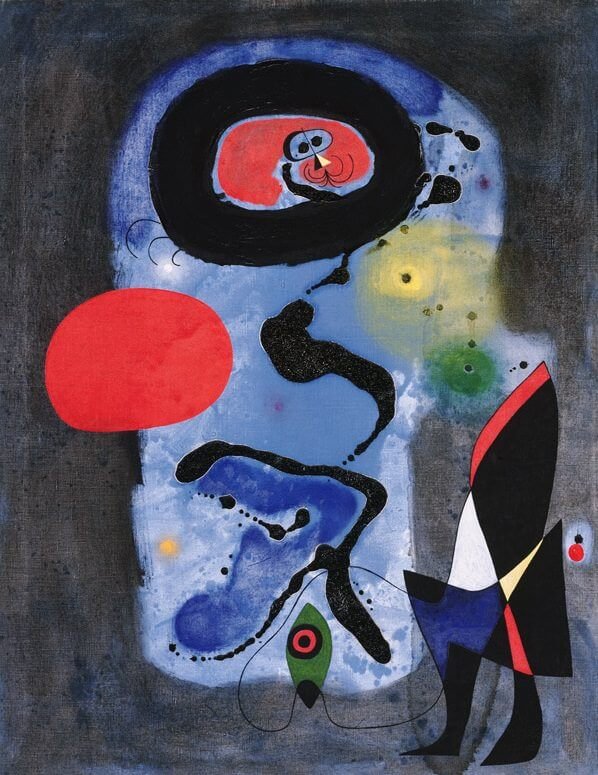
The Red Sun
Joan Miró, The Red Sun, 1948 Image via: joan-miro.net
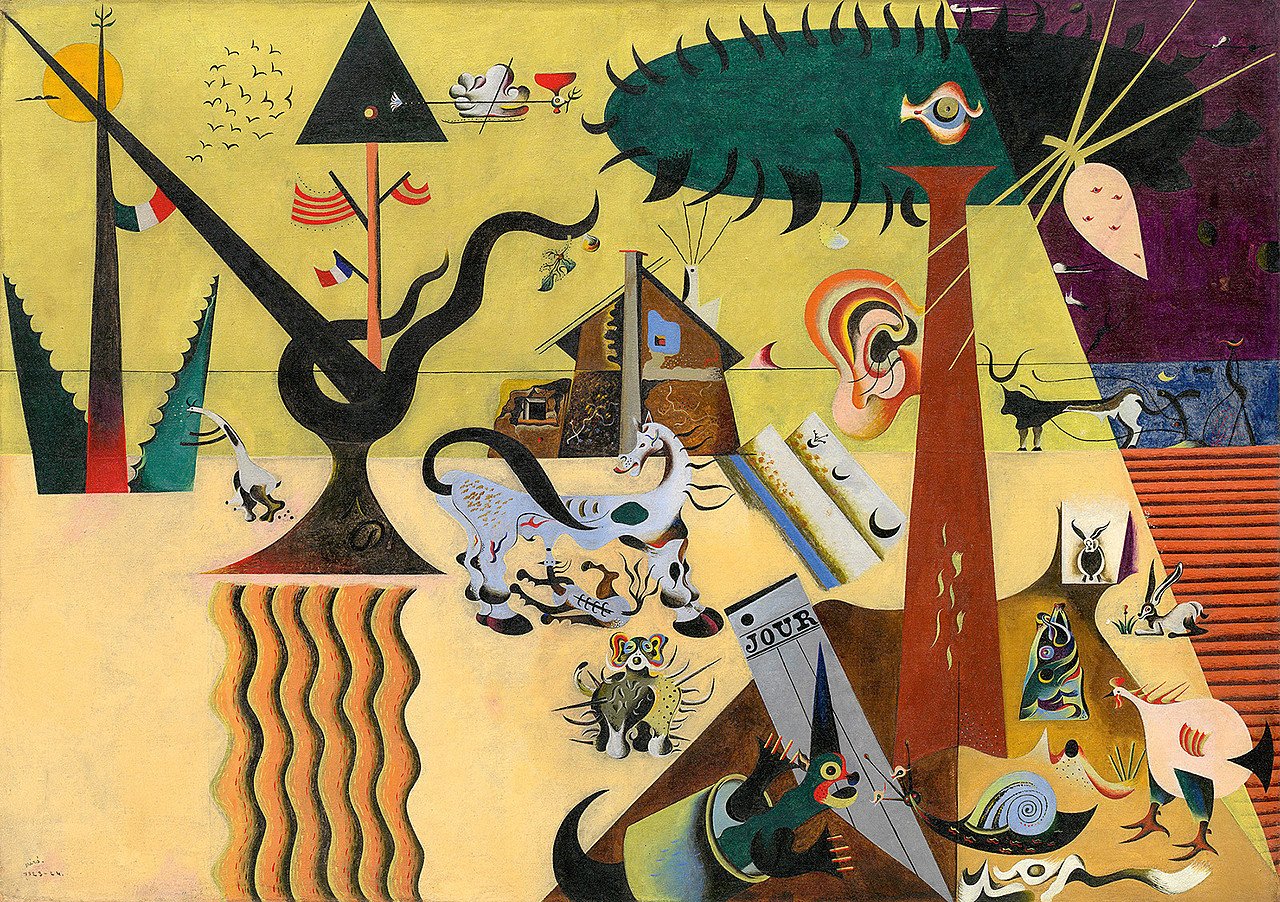
The Tilled Field
Joan Miró, The Tilled Field, (1923–1924)
Solomon R. Guggenheim Museum
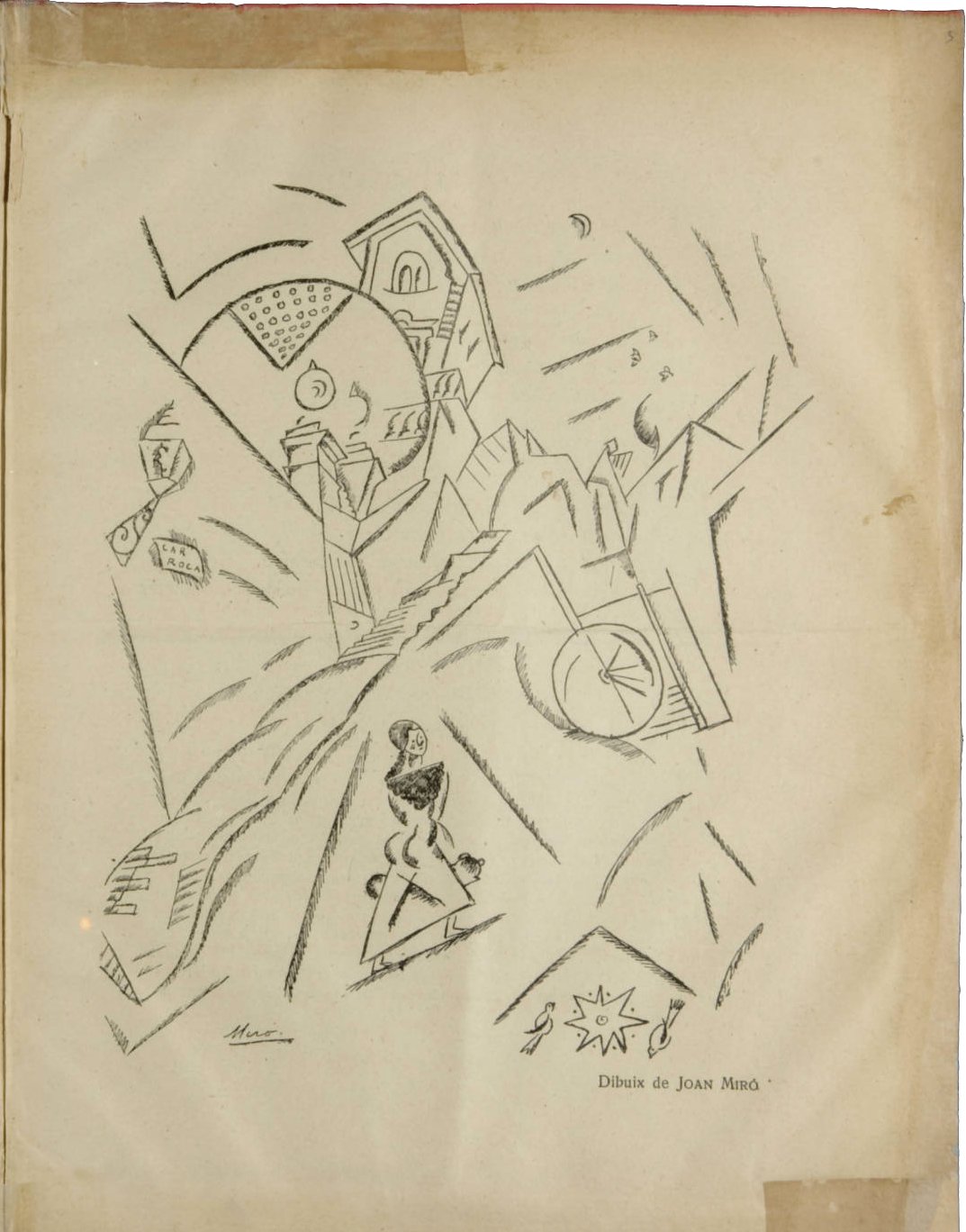
Carrer de Pedralbes
Joan Miró, Carrer de Pedralbes, drawing, published in Troços, Segona sèrie, N. 4, March 1918
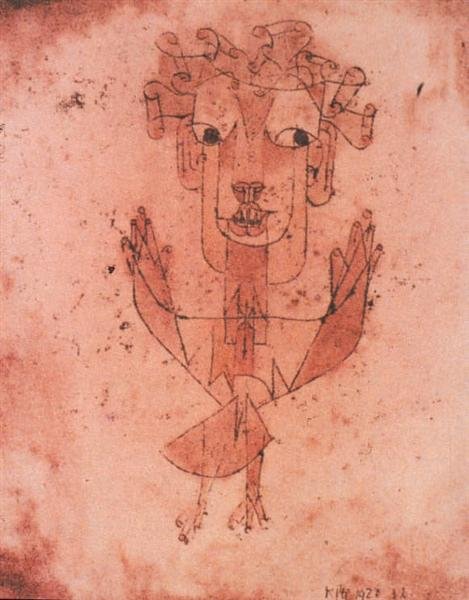
New Angel
Paul Klee, New Angel, 1920
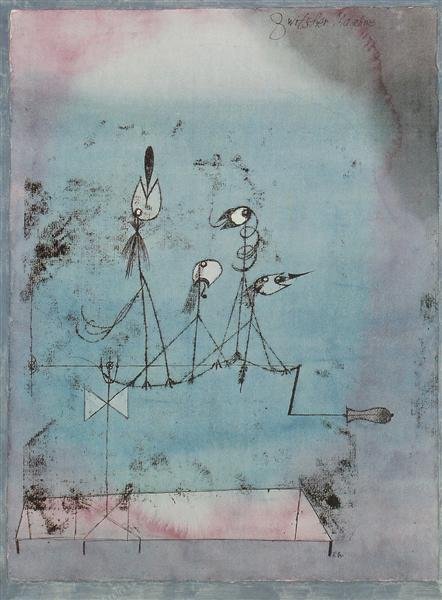
Twittering Machine
Paul Klee, Twittering Machine, 1922
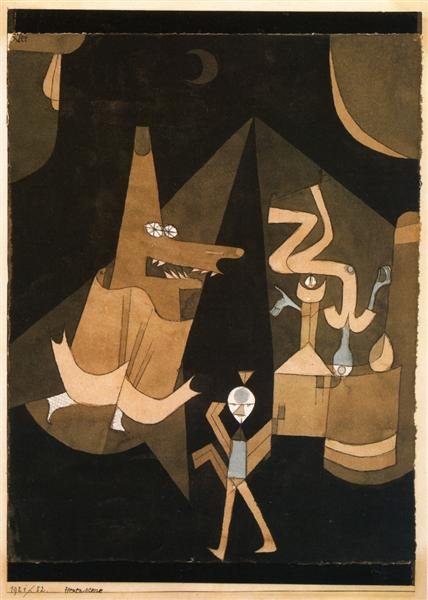
Witch Scene
Paul Klee, Witch Scene, 1921
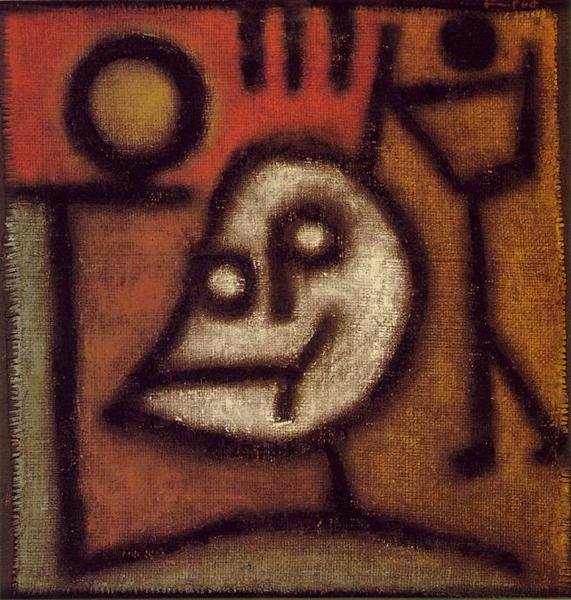
Death and Fire
Paul Klee, Death and Fire, 1940
